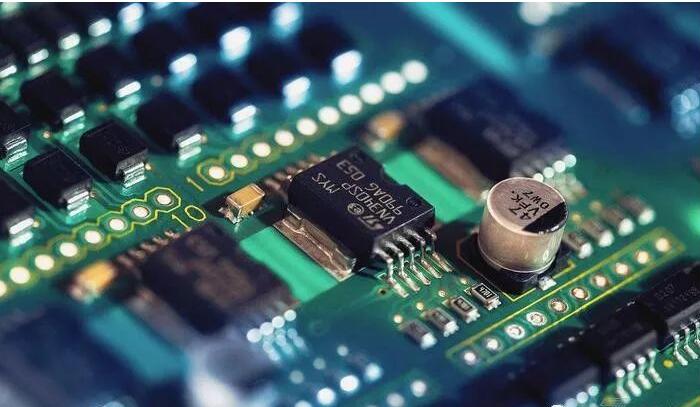Solutions to the brittleness of PCBA lead-free solder joints
Due to the implementation of the Restriction of Hazardous Substances (ROHS), various lead-free solders have appeared in the PCBA processing industry.
SnAgCu (SAC) alloys have become the most common choice due to their excellent physical, mechanical and fatigue properties, as well as acceptable welding methods and costs.
However, as shown by the drop test results, due to the high brittleness of the solder joints (relative to 63Sn37Pb), the application of such alloys is inherently insufficient.
This is especially important for portable products in array packages such as BGA and CSP.
SAC solder joint fracture mainly occurs at the interface between the solder paste and the pad.
Obviously, any problems that occur on the interface can be solved by taking measures (such as pad metallization and solder alloying) or reducing the impact on the solder joints on one or both sides of the interface.
Other ways to improve the reliability of solder joints are:
1) Improve surface treatment
2) Strengthen the connection
3) Improve packaging

1. Improve surface treatment
Surface treatment components directly affect the type of IMC formation. As we all know, in some cases, the drop test performance of nickel-gold pads is not as good as OSP. This situation seems to be related to the formation of coarse-grained IMC scallops on the nickel surface. If the coating thickness is not controlled within the range of 0.2 μm, the drop test results of immersed silver will also be affected by the small pores.
2. Strengthen the connection
The fragility of brittle solder joints can be compensated by the use of adhesives. The adhesive increases the strength of the connection between the BGA and the PCB. Commonly used methods are capillary underfill and corner reinforcement points. The disadvantage of underfilling is that there are many steps and the flux residue affects the adhesion, but the advantage is that the bonding strength is high. The corner reinforcement points have limited effect on improving the strength of the joint. There is a new method that has aroused great interest in the industry, called "non-flowing bottom mud". This method is fully compatible with PCBA technology and is most beneficial to improve the reliability of the finished product.
3. Improve packaging
This method reduces the impact on solder joints by providing some kind of cushion in the packaging of portable products. Design changes include replacing the hard shell material with rubber or more foam. The disadvantage is that it increases the size and cost of the equipment.
The old electronics processing factory can provide you with high-quality SMT processing services and rich PCBA processing experience.
BQC can also undertake DIP plug-in processing, PCB production, and electronic circuit board manufacturing services.
iPCB has passed ISO9001:2008, ISO14001, UL, CQC and other quality management system certifications, produces standardized and qualified PCB products, masters complex process technology, and uses professional equipment such as AOI and Flying Probe to control production and X-ray inspection machines. Finally, we will use double FQC inspection of appearance to ensure shipment under IPC II standard or IPC III standard.